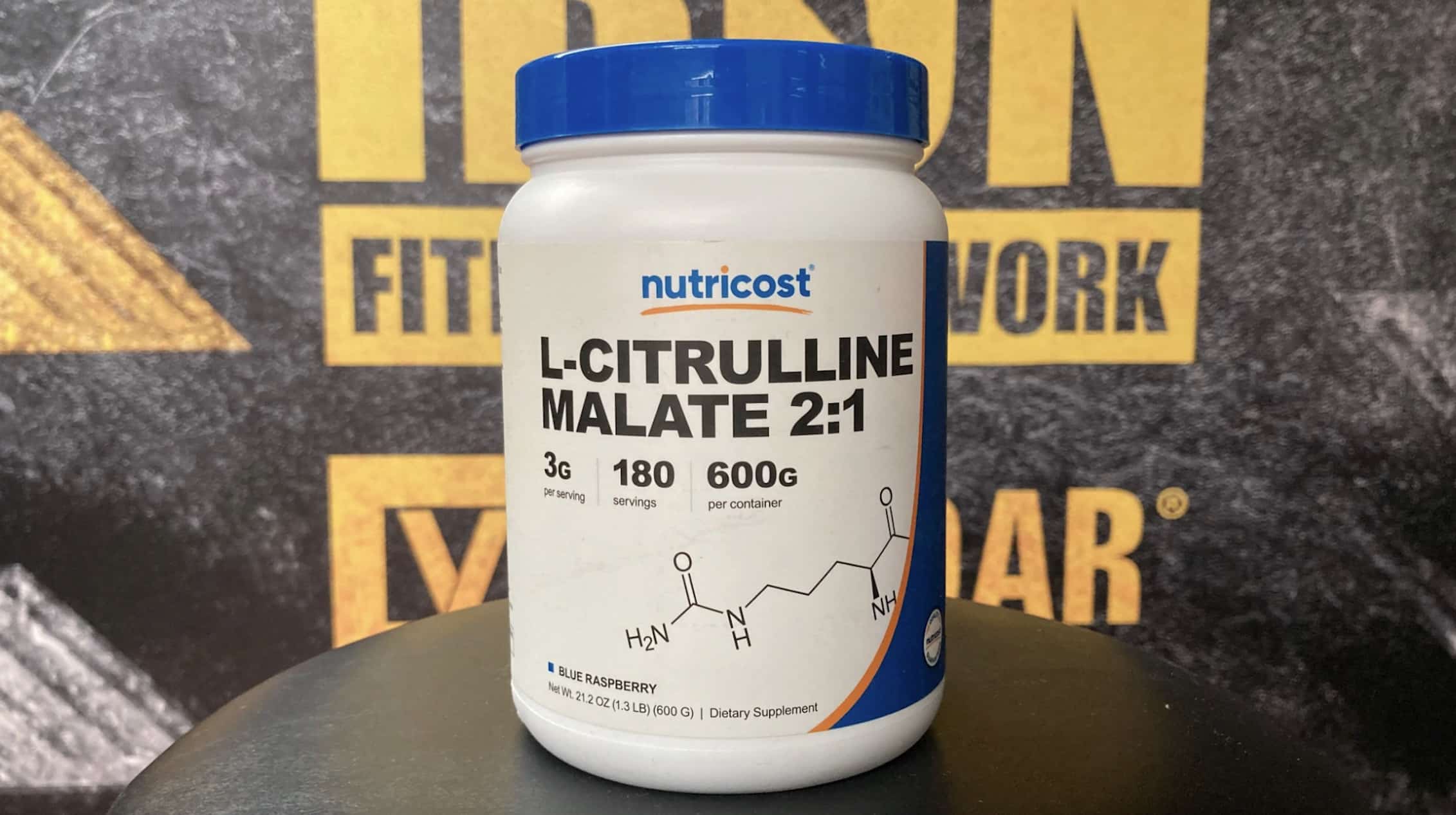What It Is and How It Works
Body Mass Index, commonly known as BMI, is a simple and widely used tool to assess a person’s body weight in relation to their height. It provides a general indication of whether someone is underweight, normal weight, overweight, or obese. While BMI is a useful starting point for understanding weight status, it has limitations and doesn’t take into account factors like muscle mass, bone density, or overall health.
This article explores what BMI is, how it’s calculated, its benefits, limitations, and how it can be used as part of a broader approach to health and fitness.
What Is BMI?
BMI is a numerical value derived from a person’s weight and height. It was first developed by Belgian mathematician Adolphe Quetelet in the 19th century as a simple way to categorize people based on body size. The BMI scale is used worldwide by healthcare providers, researchers, and fitness professionals to estimate a person’s weight status, which can serve as a potential indicator of overall health risks, such as heart disease, diabetes, and high blood pressure.
How Is BMI Calculated?
BMI, or Body Mass Index, is calculated using a simple formula that involves a person’s weight and height.
To determine BMI, you divide an individual’s weight in kilograms by the square of their height in meters. For example, the formula is expressed as BMI = weight (kg) ÷ height (m²). For those using pounds and inches, the formula is slightly modified: BMI = (weight in pounds × 703) ÷ height in inches squared. The result of this calculation places individuals into categories such as underweight, normal weight, overweight, or obese based on standardized ranges. This calculation provides a general estimate of whether a person’s body weight is appropriate for their height.
Once you calculate your BMI, the result can be interpreted based on established categories:
- Underweight: BMI less than 18.5
- Normal weight: BMI 18.5 to 24.9
- Overweight: BMI 25 to 29.9
- Obesity: BMI 30 or higher
The Significance of BMI Categories
BMI is used to provide a quick snapshot of someone’s potential health risks based on weight. Being underweight or overweight may indicate nutritional or health issues, while obesity is often linked to serious conditions like cardiovascular disease, type 2 diabetes, and certain types of cancer.
- Underweight: A BMI below 18.5 suggests that a person may not be consuming enough calories or nutrients, which can lead to weakened immune function, fertility issues, and osteoporosis.
- Normal weight: Falling within the 18.5-24.9 range indicates that your weight is generally considered healthy, and your risk of weight-related diseases is relatively low.
- Overweight: A BMI between 25 and 29.9 signifies an increased risk of health issues, such as hypertension and metabolic syndrome. However, people in this category might also have higher muscle mass, which BMI doesn’t account for.
- Obesity: With a BMI of 30 or above, the risk of serious health problems escalates significantly. Obesity is often associated with chronic conditions like heart disease, stroke, and diabetes. It can also affect mobility, mental health, and quality of life.
Strengths of BMI as a Tool
BMI has remained popular for several reasons:
- Simplicity: The formula is easy to use and requires only two pieces of data — height and weight.
- Universally Recognized: BMI is recognized by healthcare professionals, researchers, and public health organizations around the world. It’s also used to gather data and track trends in populations.
- Low-Cost: Unlike more advanced body composition analysis methods, BMI doesn’t require expensive equipment or procedures.
- General Health Indicator: While it’s not a perfect measure, BMI offers a basic idea of whether a person’s weight might pose a risk to their health. It can serve as a starting point for conversations about weight management or lifestyle changes.
Limitations of BMI
Despite its widespread use, BMI has several limitations. It’s important to recognize that BMI does not provide a complete picture of a person’s health or fitness. Some of the common criticisms include:
- Doesn’t Differentiate Between Muscle and Fat: BMI cannot distinguish between lean muscle mass and body fat. As a result, highly muscular individuals (like athletes or bodybuilders) may have a high BMI despite being in excellent physical condition. Conversely, someone with low muscle mass but a high body fat percentage may be classified as “normal weight” even if they are unhealthy.
- Doesn’t Account for Fat Distribution: The location of fat in the body is a critical factor in health risks. Abdominal fat, for example, is more strongly linked to health problems than fat distributed elsewhere. BMI doesn’t consider where fat is stored, which can be misleading in terms of actual health risks.
- Age and Gender Variations: BMI doesn’t account for differences between genders or age groups. For example, women typically have higher body fat percentages than men at the same BMI. Older adults may also have a lower BMI due to loss of muscle mass, even though their health risks may remain high.
- Inaccurate for Certain Populations: BMI may not be as accurate for certain populations, such as athletes, pregnant women, children, and the elderly. For these groups, other assessments may be more useful.
Using BMI as Part of a Comprehensive Health Assessment
While BMI can be a helpful starting point, it should not be used in isolation. To get a more accurate understanding of your health, consider combining BMI with other assessments, such as:
- Waist-to-Hip Ratio (WHR): Measures the proportion of fat stored around the waist compared to the hips. This can indicate a person’s risk of heart disease and type 2 diabetes more effectively than BMI alone.
- Body Fat Percentage: A more precise measure of body composition, which can be obtained through various methods like bioelectrical impedance analysis or skinfold measurements.
- Waist Circumference: Provides insight into abdominal fat levels. Even with a “normal” BMI, having a large waist circumference can indicate a higher risk for metabolic diseases.
- Health Screenings: Regular check-ups for cholesterol, blood pressure, and blood sugar levels can help assess health risks that BMI cannot detect.
Conclusion
Body Mass Index (BMI) is a quick and simple tool that provides a general sense of whether a person’s weight may be healthy or pose potential risks. However, BMI has its limitations, particularly when it comes to differentiating between muscle and fat, accounting for fat distribution, and addressing variations between individuals. While it serves as a useful starting point, it should be combined with other health measures for a more comprehensive assessment of an individual’s overall health.
For anyone looking to improve their health, focusing on body composition, regular exercise, and a balanced diet will likely yield better long-term results than focusing solely on BMI.
Follow Generation Iron on Instagram, Facebook, and Twitter for more fitness tips!










